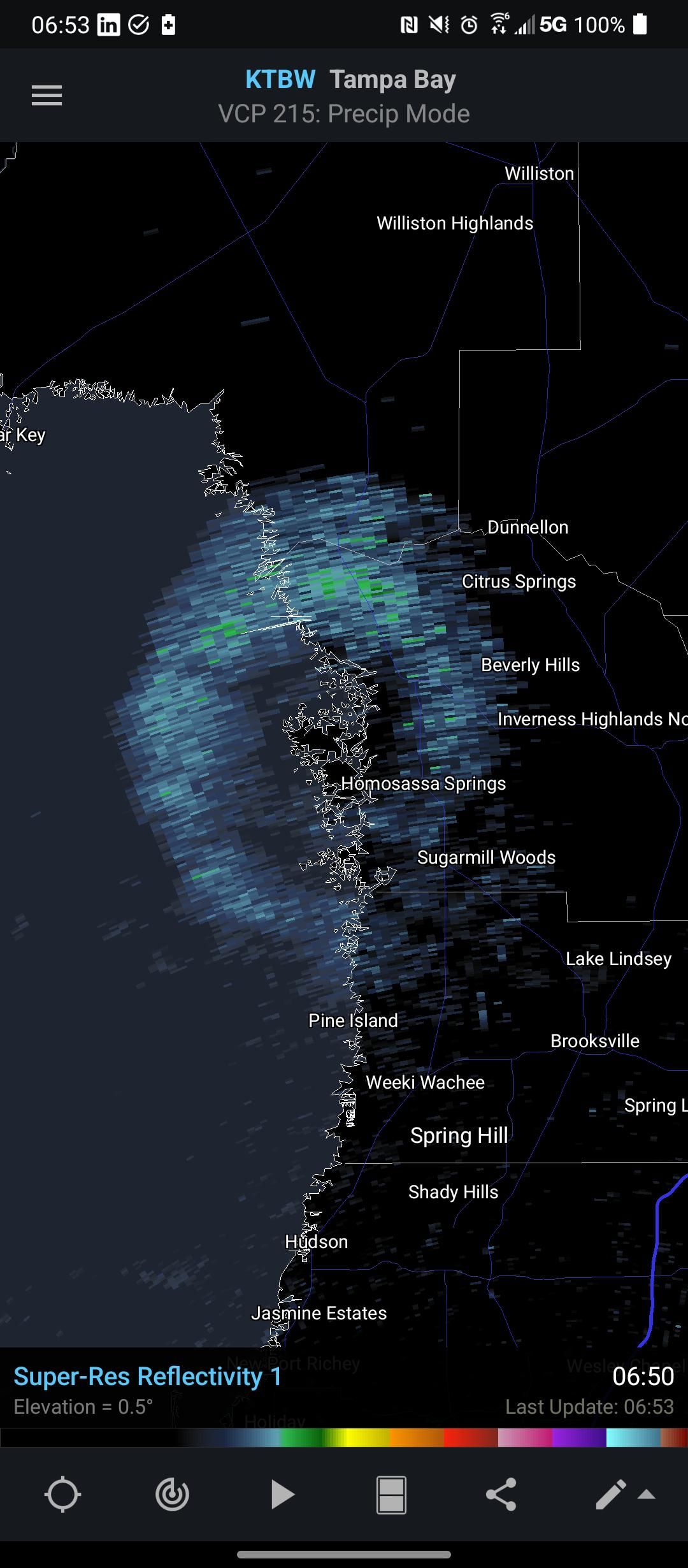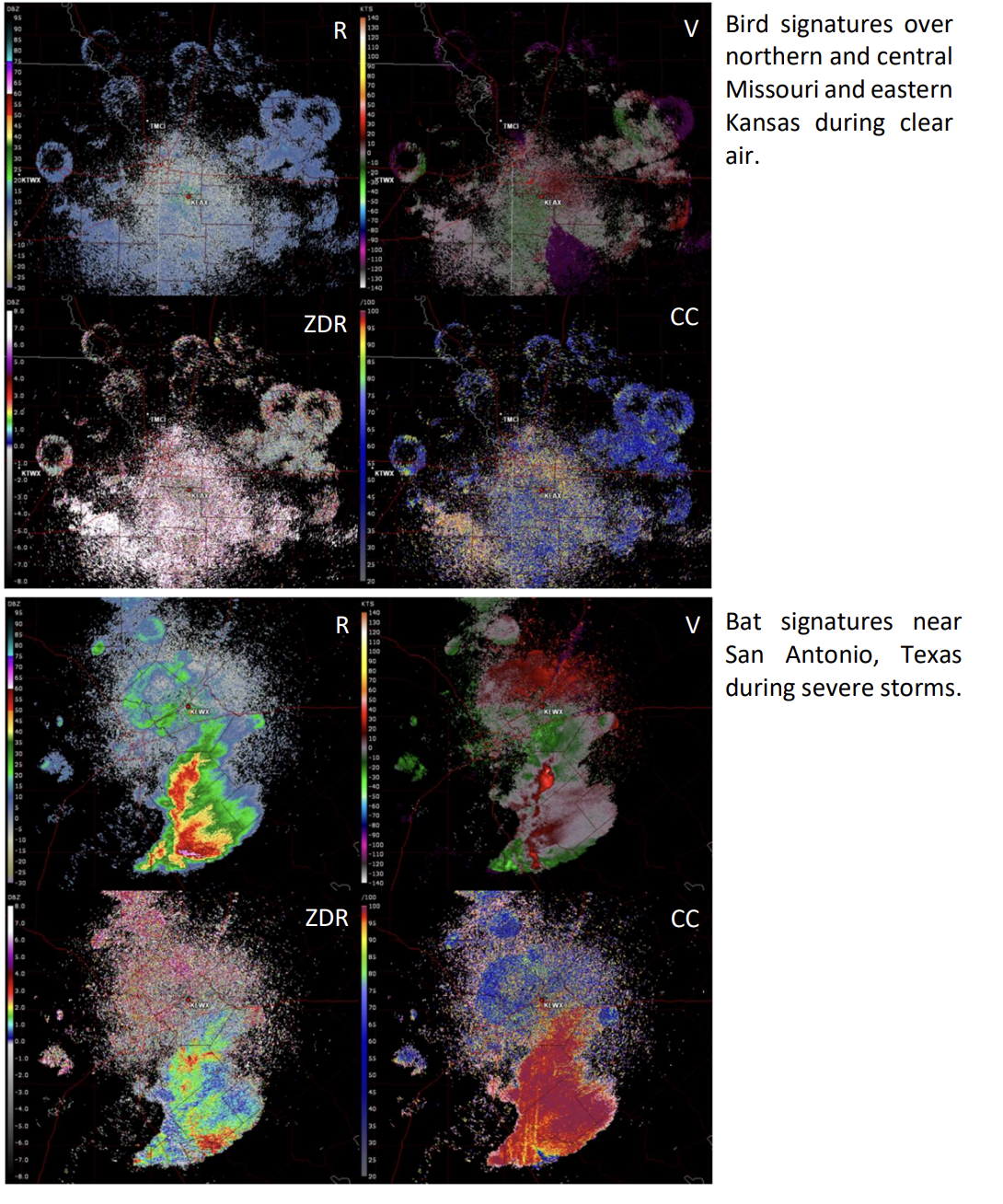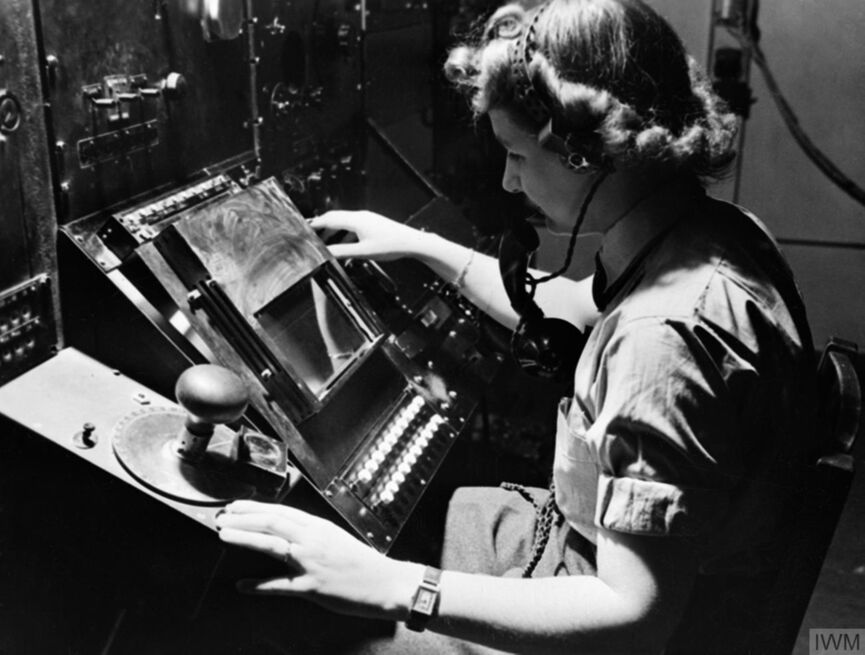The War-Effect on Technology
War times often have an accelerating effect on technology. Take RADAR for instance. RAdio Detection And Ranging, a relatively unknown research technology in the 30s, quickly gained traction for the Brits to detect incoming German Luftwaffe bombers by 1940 and arguably turned the tide of World War II during the Battle for Britain.
Dual-Use Technology
The way RADAR works is to emit a pulse of electromagnetic radio wave energy, and wait to receive a signal back. Just like in The Hunt for Red October ("One ping, one ping only"), if the radio pulse hits an object, that radio wave bounces off the object and back to the radio-emitting source.

During and shortly after the war, detecting objects moving around in the air became more than just finding enemy bombers when researchers discovered they could also see rainstorms and other precipitation patterns. That's the essence of dual-use technology: what is begun as a war-time technology also takes on non-wartime functions in order to benefit society. And RADAR has certainly benefited society. In fact, weather radars have evolved so significantly over the last 80 years to where we can also use the Doppler shift in energy propagation to detect tornadoes and the phase (liquid, solid) of the precipitation with Dual-Pol radar technology.
It's a raindrop...it's a nuclear reactor...it's a bird?
Like many folks, I typically check the weather in the morning and flick on my RadarScope app to see if there are storms on the RADAR before a morning run. So when I saw a strange circle perfectly emanating outward from just south of Florida's Big Bend region, I was first worried the region's old nuclear plant was having issues...a quick news check dispelled that possibility.

Circular patterns often happen right at the radar site, but this pattern was over 100 miles from the radar. Then I noticed the pattern appeared not just once but several mornings in a row. It occurred every day right at sunrise over St Martin Aquatic Preserve, so I guessed it to be birds, but birds and bugs tend to show as a small feature that sweep across the radar pattern, not expand outward in a circle. So I reached out to the Florida Department of Environmental Protection to inquire about any mass bird foraging in St Martin's Preserve, and sure enough, the regional Director confirmed for me.

It turns out that the NEXRAD WSR-88D, the nation's weather RADAR sentinel, is a tremendous tool for identifying a number of interesting phenomena, especially for studying bird migrations and other biological targets. The image below illustrates bird and bat signatures across the midwest.

Every year, tens of thousands of purple martins fly from central Florida where they nest across the Gulf of Mexico and all the way down to Brazil. Like bats leaving a cave, they take flight right before sunrise foraging for food, fan out in all directions, and come back in at sunset. Well, I was just glad to find out that it wasn't a nuclear disaster on our hands!
If you find this interesting and want to read more, subscribe or stay subscribed to this newsletter! Also, please share with your connections! Of course, if you have additional insights, find an error in this article, or have a comment, please email me at triplepointpodcast@81degrees.com.


Member discussion: